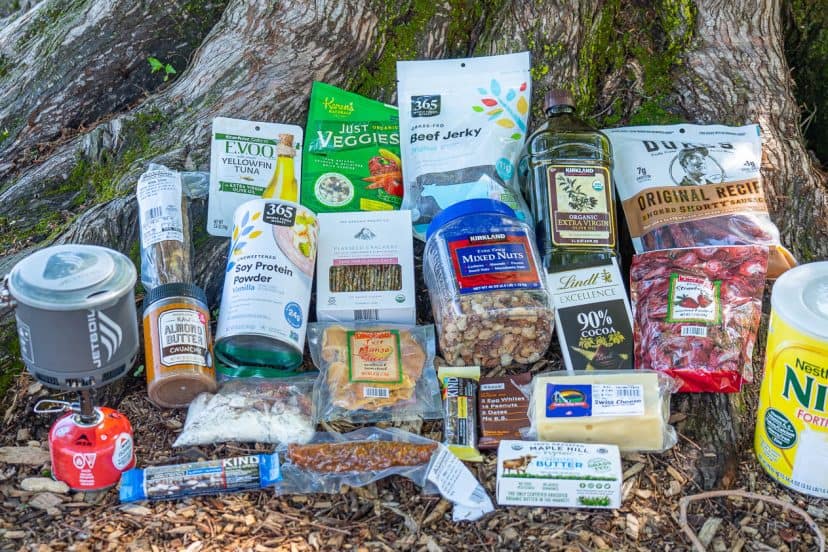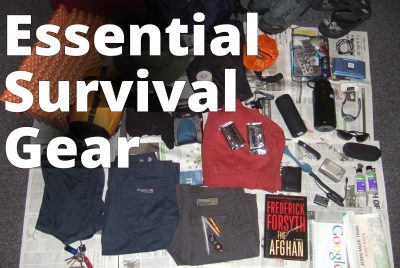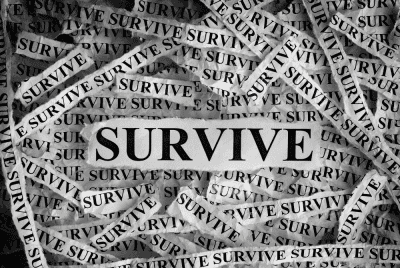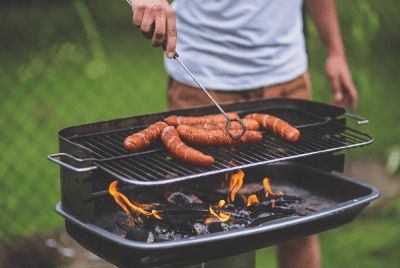Lightweight And Portable Emergency Food For Backpackers
Best Portable Emergency Food For Backpackers
On my countless adventures through the wilderness, I’ve come to greatly appreciate the undeniable value of carrying lightweight and portable emergency food options.
My backpack, always ready to shoulder the burdens of exploration, has reaped the rewards of these versatile sustenance choices.
In this article, I’m going to enthusiastically share my knowledge about the myriad of options available for backpackers, from protein-packed energy bars to unbelievably light dehydrated meals.
As a seasoned explorer, I assure you that these food choices are not only essential for emergencies but also a delight for our taste buds on the trail!
Understanding the Need for Emergency Food
As an avid backpacker, I understand that the thrill of the great outdoors often comes with its fair share of challenges.
Keeping yourself fueled and energized on those long treks and hikes becomes an imperative task if you want to enjoy your adventure fully.
This is where the concept of emergency food comes into the picture.
Explaining Backpacking Challenges
Backpacking is an exciting exercise but it isn’t free from challenges.
The unpredictable weather, tricky terrains, wildlife encounters, physical exhaustion and the simple fact that you’re miles away from civilization make it a daunting task.
However, the one challenge that really strikes me personally is ensuring that I always have enough food to keep me going.
Why Carrying Emergency Food is Essential
I cannot emphasize enough on the importance of carrying emergency food. This isn’t just about avoiding hunger – it’s also about maintaining energy levels and staying healthy.
Let’s face it; you never know what may happen out there.
Unpredictable weather could force you to stay put for days or you could simply lose your way.
Understanding Nutritional Requirements for Backpackers
Being a backpacker, what you eat essentially becomes your fuel. With an increased level of physical activity, your calorie consumption will most likely rise when compared to a regular day.
Keeping this in mind, the ideal backpacker diet should include foods that are high in protein and carbohydrates while also being easy to carry and cook.
Types of Emergency Food Options
Given the nutritional requirements of a backpacker and the challenges involved, not all foods make the cut when it comes to being stowed in the backpack.
Here are some emergency food options that are popular amongst backpackers.
Freeze-Dried Meals
Freeze-dried meals are not only lightweight and portable but they’re also incredibly easy to prepare. All you need to do is to add hot water to the package, wait for a few minutes and voila!
Your meal is ready.
Energy and Protein Bars
These bars come packed with nutrients and are extremely easy to carry. They require no preparation and can help you replenish those lost calories, keeping energy levels high.
Dehydrated Foods
Dehydrated foods, like fruits, vegetables, and meats, are literally featherweights. They help you avoid carrying heavy food cans, and also retain their nutritional value even after being dehydrated.
MRE (Meals Ready to Eat)
Although slightly heavier than the options mentioned above, MRE meals are perfect for emergency situations as they come with flameless heaters and require no preparation.
Trail Mixes and Nuts
My personal favorite! Easy to mix and match and full of healthy nutrients, they provide the much-needed fuel to the body.

This image is property of Amazon.com.
Making Freeze-Dried Meals At Home
If you’re someone who enjoys a bit of DIY, you can try making freeze-dried meals at home.
Benefits of Homemade Freeze-Dried Meals
Apart from being cost-effective, homemade freeze-dried meals give you complete control over what goes into your meal.
You get to choose your own ingredients, keep track of nutritional content and avoid unnecessary additives and preservatives.
Equipment Needed
Making freeze-dried meals at home would require a freeze-drying machine.
It’s a significant investment but it can save you money in the long run, especially if you are a frequent backpacker or camper.
Basic Instructions
The process is quite simple. It largely involves placing your pre-cooked meal in the freeze-drying machine, turning it on and waiting for it to work its magic.
The time taken would depend upon the machine model and meal quantity.
Selecting the Best Energy and Protein Bars
Picking the right energy and protein bars isn’t as simple as it seems. Here are some tips to help you out.
Nutritional Content to Look For
Reading the ingredient label is paramount. You should opt for bars that have a high protein and fiber content and a low amount of added sugars.
Best Brands for Backpackers
The ‘best’ truly depends on one’s personal preference. However, popular choices amongst backpackers are Clif, Kind, and RXBar.
Importance of Taste and Variety
Considering that you would be surviving on these foods for some time, make sure you pick foods and bars that you actually enjoy eating. Variety is the spice of life!

This image is property of Amazon.com.
Benefits of Dehydrated Foods
Dehydrated foods are a backpacker’s best friend and come with loads of benefits.
How Dehydration Preserves Food
The process of dehydration removes the water content from food, thereby inhibiting the growth of microorganisms that cause food to spoil. This means your food stays good for a much longer period.
Nutrition Level in Dehydrated Foods
Don’t be fooled by their dry state – dehydrated foods retain almost all of their nutritional content.
Easy-to-Make Dehydrated Backpacking Recipes
There is a wide array of foods that can be dehydrated – fruits, vegetables, even cooked rice and pasta. A simple Google search would land you with plenty of easy-to-make dehydrated backpacking recipes.
Potential Use of MREs
MREs or Meals Ready to Eat are another addition to the emergency food domain.
What are MREs?
As the name suggests, MREs are basically pre-packaged meals that are ready to eat anytime, anywhere – no cooking needed.
The Pros and Cons of MREs
While MREs are excellent in terms of their ease of preparation, they are also notably heavier in comparison to other emergency food options which can be a downfall on long hikes.
Best MRE Options for Backpackers
Again, each backpacker would have their own preference but MREs from brands like MOUNTAIN HOUSE and XMRE are indeed popular choices.

This image is property of Amazon.com.
Benefits of Trail Mixes and Nuts
Trail mixes and nuts are essentially a power-packed snack that should definitely be part of your backpacking diet.
Nutritional Value of Trail Mixes and Nuts
They are high in proteins, fibers, and healthy fats. They give you that quick energy boost and keep you satiated for a longer time.
Creating Your Own Trail Mix
You can easily create your own trail mix by combining your favorite nuts, seeds, dried fruits and maybe even some chocolate!
Best Nuts for Backpacking
Almonds, peanuts, and walnuts are excellent choices due to their high protein and healthy fats content.
Importance of Water in Emergency Foods
Water undeniably plays an important role when it comes to emergency food and overall survival in the wilderness.
Hydrating With Freeze-Dried Foods
Freeze-dried foods require water to rehydrate and transform into a full meal.
Carrying Water Vs. Purification Methods
While carrying water can add to your load, it is also important for cooking and hydration. But worry not, there are numerous water purification techniques like boiling, using iodine tablets or portable filters which can ensure that you have access to clean water in the wilderness.
Best Water Purification Techniques for Backpackers
Personally, I prefer water filtration devices due to their ease of use. However, boiling water and using iodine tablets are also quite effective.

This image is property of Amazon.com.
How to Pack and Store Emergency Foods
Last but not least, here’s how you can pack and store your emergency foods the right way.
Choosing the Right Packaging
Your packaging should ideally be waterproof and durable. This ensures your food stays dry and undamaged.
Proper Storage Techniques
Keep your food separate from your other gear. This avoids any accidental spillage or damage from sharp objects.
Keeping your Food Safe from Animals
Storing food in odor-proof bags or hanging it high on a tree branch can help you safe from animals.
Making an Emergency Food Plan
Finally, it’s always a smart move to plan ahead when it comes to packing your food supplies.
Deciding How Much Food You Need to Carry
You should certainly consider your planned activities, the trip duration and your own eating habits while deciding on how much food to carry.
Rotation of Emergency Food Sources
Rotating between different food types not only brings variety to your diet but also ensures you get a balanced mix of nutrients.
Incorporating Foraging into Your Plan
While not a substitute for carrying food, knowing how to identify safe plants can supplement your diet if you are out for a longer duration.
And that wraps it up! Every adventure is different and you might have to adjust your food strategy based on the particular situation. However, I hope that my experiences and tips shared in this article can serve as a useful guide as you plan your own backpacking adventures. Stay safe and happy backpacking!
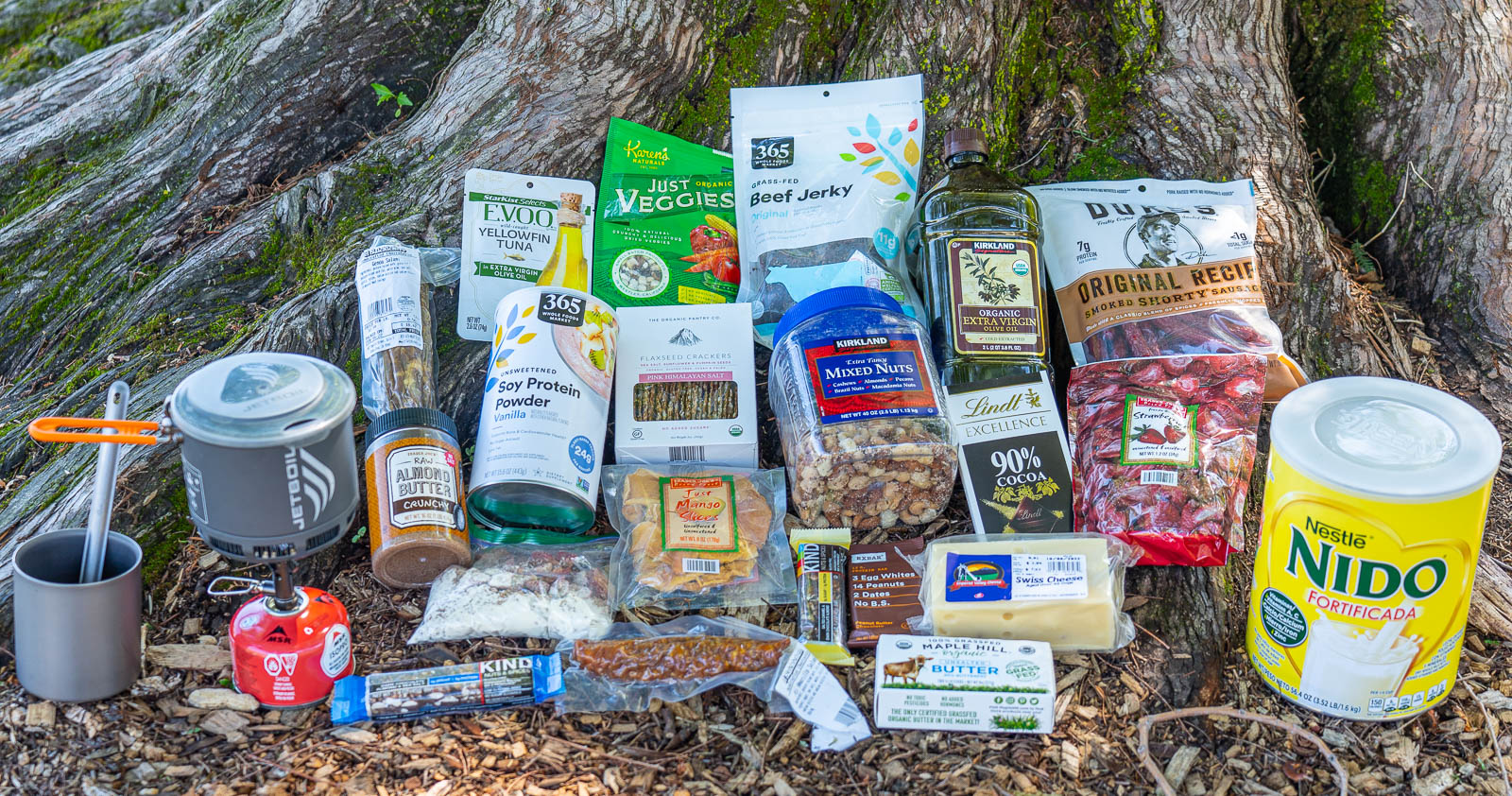
This image is property of www.adventurealan.com.

